Elite Edge Deep Dive: Building Lateral Strength & Speed (Part 3 of 4)
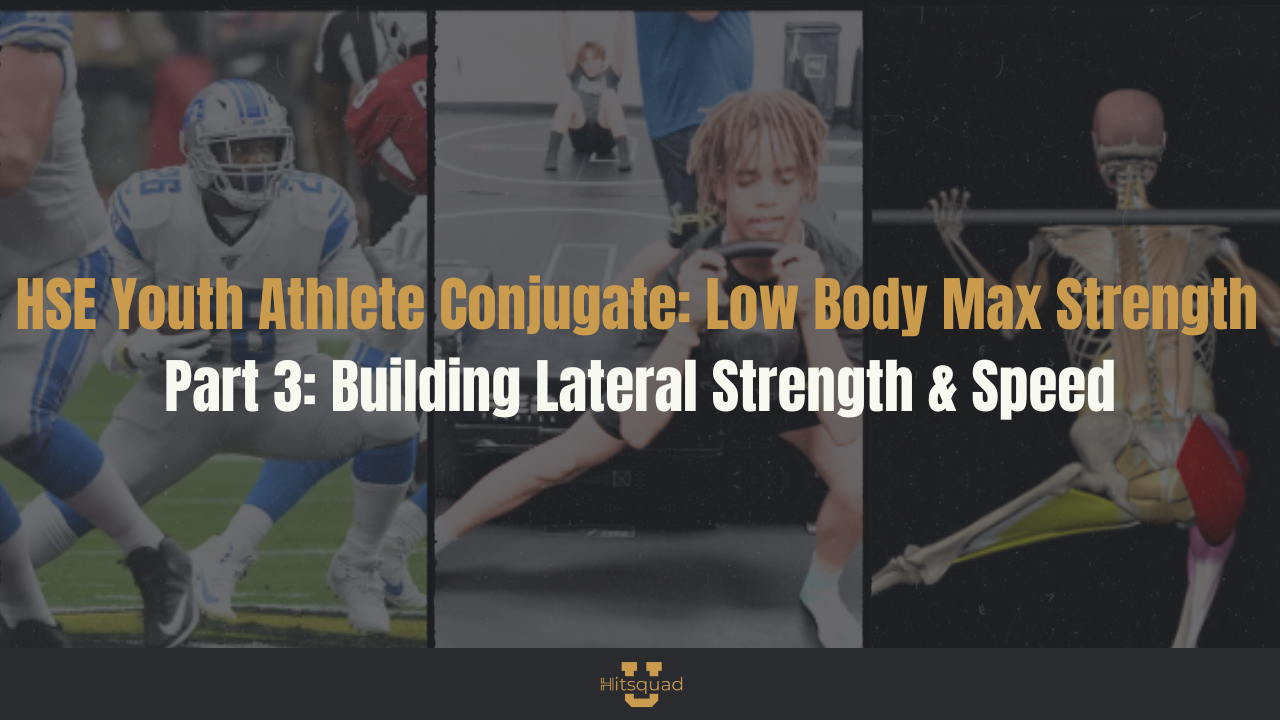
Elite Edge Deep Dive: Building Lateral Strength & Speed (Part 3 of 4)
Developing Agility, Power, and Injury Resilience
Why Lateral Strength & Speed Are Essential for Athletes
Athletic performance isn’t just about moving forward—it’s about moving efficiently in all directions. Whether it’s a football player cutting past a defender, a basketball guard executing a crossover, or a soccer player reacting to an opponent’s movement, elite-level agility separates dominant athletes from the competition.
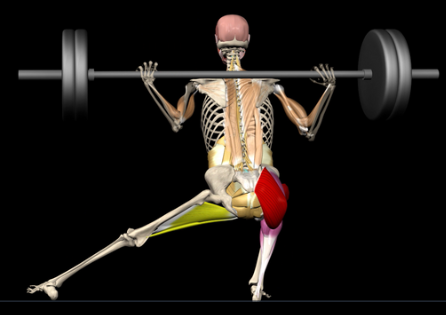
Lateral strength and speed are critical for:
✅ Explosive Change of Direction – The ability to decelerate and re-accelerate without losing power.
✅ Injury Prevention – Weakness in lateral stabilizers increases ACL and groin injury risk.
✅ Sport-Specific Movement Quality – Acceleration and deceleration occur in multiple planes of motion in nearly every sport.
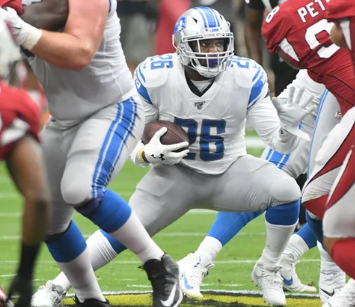
The HSE Conjugate System for Youth Athletes integrates lateral strength work, plyometrics, and contrast training to enhance agility, reactivity, and cutting power.
The Science Behind Lateral Strength & Speed Development
Traditional strength training often prioritizes forward and vertical force production, but athletes must be just as strong and explosive when moving laterally. The HSE Conjugate System ensures that lateral strength is developed alongside linear power, creating well-rounded movement capabilities.
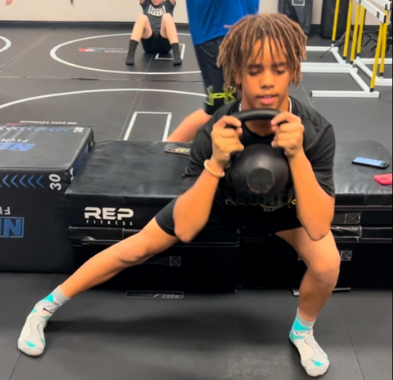
Key Scientific Concepts in Lateral Strength & Speed Training:
1️⃣ Frontal Plane Strength & Stability
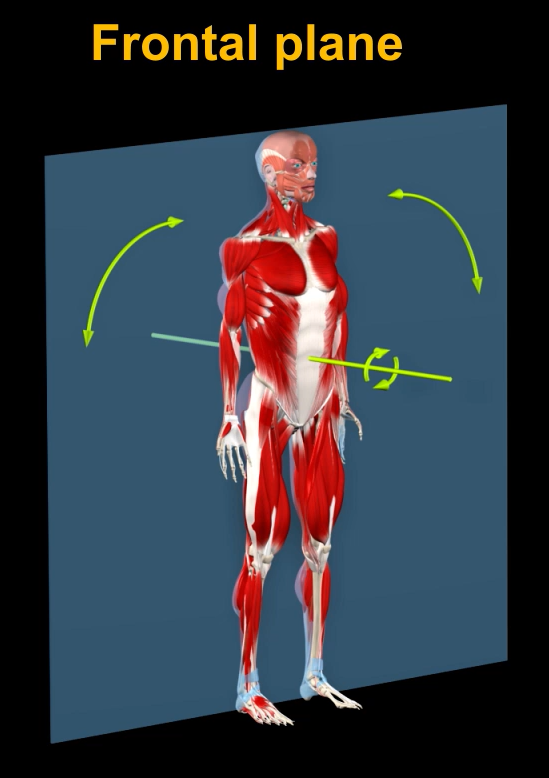
Definition (NSCA Textbook): “The ability to generate and resist force in the frontal plane, essential for lateral movement and change of direction.”
🔹 Why It Matters:
- Side lunges and lateral squats develop hip abductors and adductors, improving lateral force production.
- Stronger stabilizers (glute medius, adductors, and quadratus lumborum) prevent valgus knee collapse, reducing ACL injury risk.
- Single-leg lateral movements enhance stability, improving cutting mechanics and reducing excessive ground contact time.
2️⃣ Reactive Strength Index (RSI) & Deceleration Ability

Definition (NSCA Textbook): “The ratio of reactive force output to ground contact time, crucial for rapid direction changes and agility.”
🔹 Why It Matters:
- A high RSI allows an athlete to absorb and redirect force quickly, making movements more efficient.
- Lateral depth jumps improve reactive strength by teaching athletes to transition from eccentric force absorption to explosive concentric power.
- This translates directly to better acceleration out of cuts, increased agility, and enhanced sport-specific movement speed.
3️⃣ Force-Velocity Relationship in Lateral Movement
Definition (NSCA Textbook): “The interaction between force production and movement speed, influencing an athlete’s ability to generate power in sport-specific actions.”
🔹 Why It Matters:
- Athletes need to produce force at different speeds depending on the movement demand.
- Heavy lateral strength work (side lunges) builds max force capacity, while plyometric drills (lateral depth jumps) develop speed-strength.
- By training both force and velocity, athletes improve cutting efficiency, first-step quickness, and multidirectional acceleration.
4️⃣ Elastic Energy Utilization in Lateral Plyometrics

Definition (NSCA Textbook): “The ability to store and release kinetic energy efficiently through the stretch-shortening cycle.”
🔹 Why It Matters:
- Athletes who maximize elastic energy return react faster in game situations (e.g., a defensive back mirroring a receiver or a point guard shifting direction).
- Lateral plyometric drills improve an athlete’s ability to use stored energy, increasing overall movement efficiency.
How We Train Lateral Strength & Speed in Max Effort Lower Body Sessions

Our Max Effort Lower Body Days follow a structured approach to building lateral power and movement efficiency:
🔹 Primary Strength Lifts for Lateral Force Production
✔ Weighted Side Lunges, Cossack Squats, and Lateral Step-Ups
✔ Develop strength in the frontal plane to support change-of-direction speed
🔹 Plyometric Work for Explosive Lateral Power
✔ Lateral Depth Jumps, Skater Bounds, and Banded Lateral Broad Jumps
✔ Improve reactive strength and elastic energy return for cutting and sprinting
🔹 Deceleration Training for Injury Prevention
✔ Single-Leg Eccentric Step-Downs and Lateral Landings
✔ Enhance force absorption to reduce ACL and groin injury risk
🔹 Contrast Training for Sport-Specific Adaptation
✔ Pairing heavy lateral strength exercises with explosive plyometric movements
✔ Ensures power transfer from weight room to in-game performance
This combination of strength, plyometrics, and contrast training reinforces both the force production and force absorption required for elite-level lateral speed.
🔥 Superset Breakdown & Adaptations
Each superset pairing in our Max Effort Lower Body session is specifically designed to:
✔ Increase lateral power for cutting and acceleration
✔ Reinforce single-leg stability to prevent injury
✔ Maximize explosiveness for faster directional changes
1️⃣ Superset 1: Weighted Side Lunges + Lateral Depth Jumps
|
Exercise |
Loading Type |
Muscles Worked |
Key Adaptation |
|
Weighted Side Lunge (8 reps per leg) |
Max Strength + Frontal Plane Stability |
Glutes, quads, hamstrings, core |
Improves lateral force production and single-leg stability |
|
Lateral Depth Jump (6 reps) |
Explosive Plyometric |
Glutes, hamstrings, calves |
Enhances ground contact efficiency and lateral reactivity |
🔹 Why It Works:
- Side lunges strengthen the frontal plane, reinforcing stability in lateral movement.
- Lateral depth jumps teach efficient force absorption and transition into explosive cuts.
2️⃣ Superset 2: Cossack Squats + Banded Lateral Broad Jumps
|
Exercise |
Loading Type |
Muscles Worked |
Key Adaptation |
|
Cossack Squat (8 reps per leg) |
Unilateral Strength & Mobility |
Adductors, glutes, quads, core |
Improves lateral flexibility and cutting mechanics |
|
Banded Lateral Broad Jump (6 reps) |
Explosive Plyometric |
Glutes, hamstrings, calves |
Develops lateral explosion for change of direction |
🔹 Why It Works:
- Cossack squats strengthen hip mobility and lateral control, essential for defensive stances and rapid directional changes.
- Banded lateral jumps reinforce explosive power and first-step speed.
🏆 Why Lateral Strength Defines Elite Athletes
✅ Improved Change of Direction = Faster Cuts & Enhanced Agility
✅ Stronger Stabilizers Reduce Injury Risk = Longer, More Durable Careers
✅ Explosive Plyometric Work Increases Game-Speed Performance
✅ Balanced Strength Across All Planes of Motion = More Dynamic Movement
📌 Final Takeaways from Part 3
1️⃣ Lateral strength & speed are just as critical as forward acceleration for elite athleticism.
2️⃣ Our superset training method builds lateral power, stability, and injury resilience.
3️⃣ Pairing strength & plyometrics ensures movement translates into sport-specific actions.
4️⃣ Training lateral explosiveness improves agility, cutting ability, and first-step quickness.
Next Week: How Lower Body Max Strength Fits into the HSE Conjugate System
We’ve covered why posterior chain power and lateral strength are critical for explosive movement, now we’ll break down how Max Effort Lower Body training fits into our full programming system for long-term athletic development.
Stay locked in—this is where we separate from the competition.
Build Explosive Power. Dominate Your Sport. Join the Movement.

